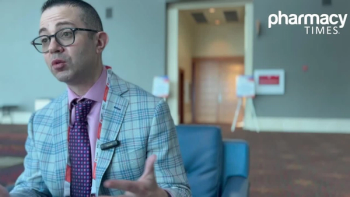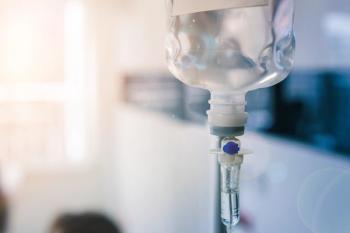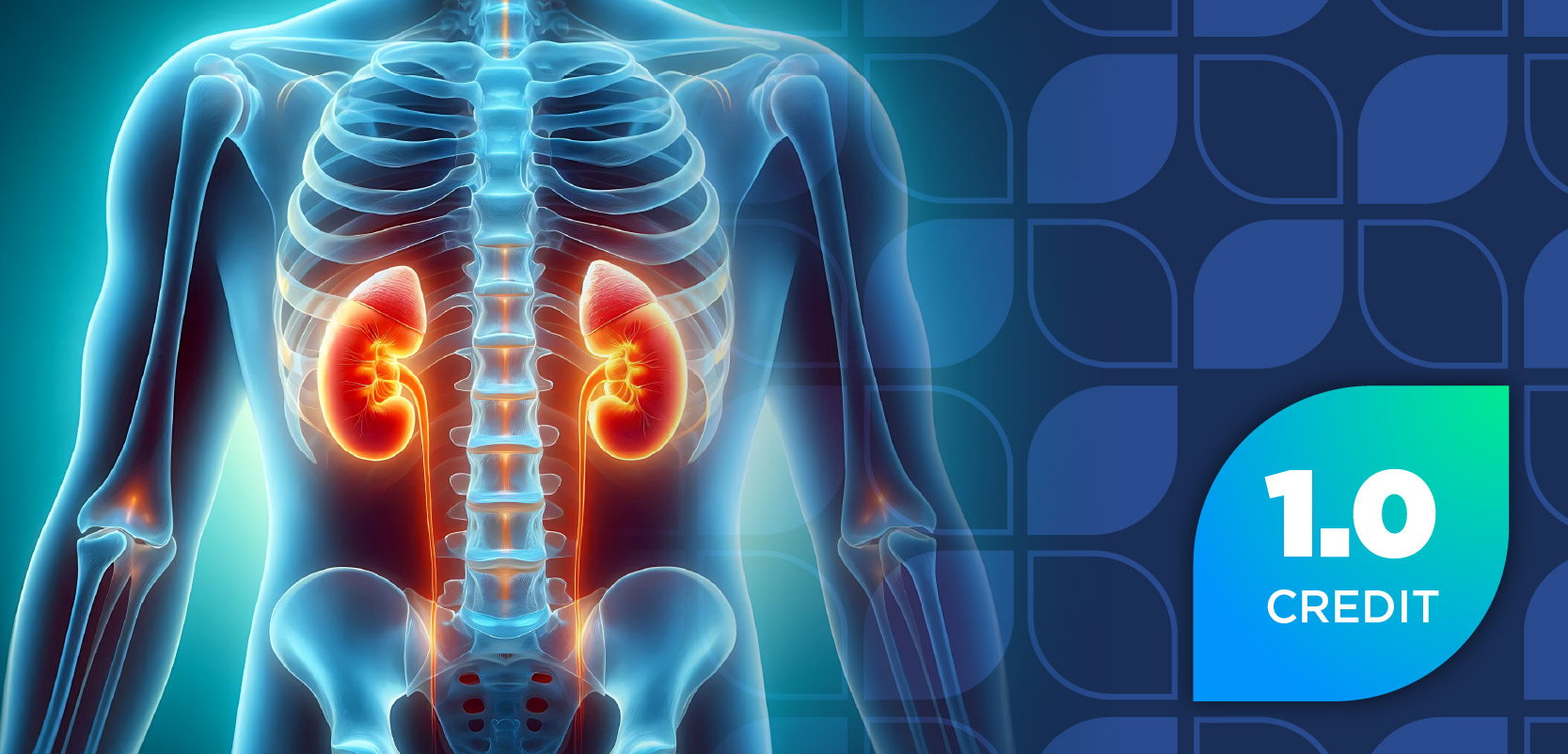
Illicit Oxymorphone Injections Spread HIV in Indiana County
One common method of HIV transmission is sharing needles for intravenous drug use.
One common method of HIV transmission is sharing needles for intravenous drug use, which was associated with a significant increase in HIV cases that the US Drug Enforcement Administration (DEA) in Indianapolis became aware of in April 2015.
Scott County in Southern Indiana showed a spike of 188 new HIV cases in a 13-month period—a significant spike from the region’s norm of fewer than 10 new HIV cases per year. This led to the development of a joint investigation among the DEA of Indianapolis, the Indiana State Police, and Scott County law enforcement in order to identify the source of the spike.
This investigation uncovered a large distribution network that was providing oxymorphone (Opana) and methamphetamine to the drug addicts of Scott County. On February 5, 2016, the DEA made 10 arrests, targeting the leaders and distributors of this prescription drug network.
Oxymorphone has become the drug of choice in this particular part of rural America because of its availability and ability to be crushed and injected. Even though a crush-resistant form of the extended-release tablet has been developed, the medication is still ground up, dissolved, and injected.
Because the effects of oxymorphone don’t last as long as heroin, addicts are injecting themselves multiple times a day and quite often sharing needles with fellow users.
“Scott County is one of the many great communities in our nation that is experiencing the pharmaceutical drug and methamphetamine epidemic that is turning Americans into drug addicts,” stated DEA Associate Special Agent in Charge Karen I. Flowers.
The DEA explained that its efforts in stemming the flow of prescription drug trafficking doesn’t stop at the arrests of those involved in the illicit network. The agency will continue to investigate prescribers for excessive writing of opioid prescriptions, as well as the pharmacies that fill them.
“For those that are addicted, we want to point them to the services they need to end their addiction. But for those who are trafficking and profiting from those suffering the misery of addiction, we will work tirelessly with our local and federal partners to put them in prison for a long, long time,” stated Indiana State Police Superintendent Doug Carter.
Reference
US Drug Enforcement Administration. DEA attacks Indiana Opana painkiller epidemic. http://www.dea.gov/divisions/chi/2016/chi020516.shtml. Published February 5, 2016. Accessed February 8, 2016.
Newsletter
Stay informed on drug updates, treatment guidelines, and pharmacy practice trends—subscribe to Pharmacy Times for weekly clinical insights.


















































































































































































































